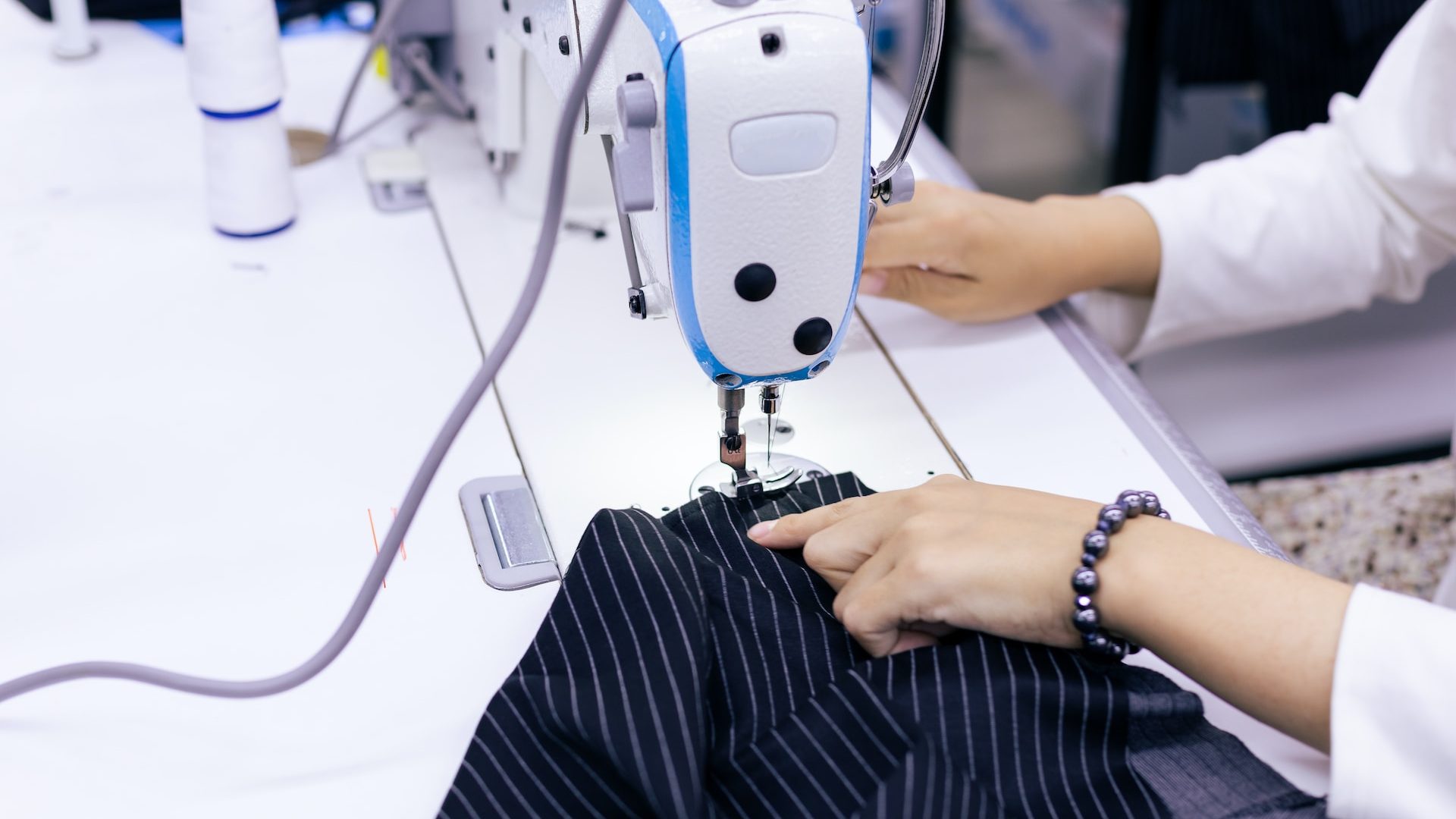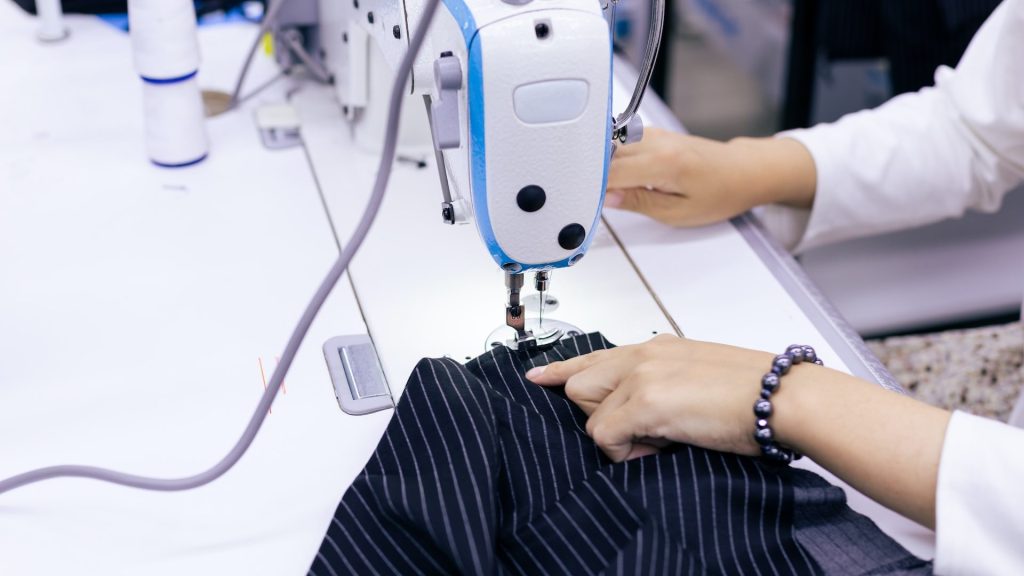The garment industry has experienced remarkable growth, driven by the increasing demands of consumers worldwide. However, amidst this success, ensuring the safety and well-being of workers within this industry has emerged as a pressing concern. Unfortunately, many garment workers face hazardous working conditions, which pose risks ranging from accidents to long-term health effects. It is imperative to implement comprehensive measures that prioritize the welfare of those who contribute to the production of our clothes. In this article, we will delve into effective strategies for improving worker safety in garment production and explore various aspects that demand attention.

A Stitch in Time Implementing Measures to Improve Worker Safety in Garment Production
Establishing Comprehensive Safety Protocols
The foundation of any successful worker safety initiative lies in the development and implementation of comprehensive safety protocols. A crucial step involves conducting a thorough assessment of potential hazards and risks associated with garment production processes. By identifying these risks, measures can be put in place to mitigate them effectively. Clear guidelines and standard operating procedures should be established to ensure that workers understand and adhere to safety protocols at all times. Regular safety training programs and workshops can further enhance workers’ knowledge and awareness of potential hazards, empowering them to identify risks and take necessary precautions. By fostering a culture of safety, companies can create an environment where workers feel valued and protected.
Regular Inspections and Audits
Monitoring and enforcing safety standards necessitate regular inspections and audits within garment factories. Competent professionals with a deep understanding of safety regulations and industry best practices should conduct these inspections. Inspections should encompass various aspects, including machinery and equipment safety, fire safety measures, ventilation systems, ergonomic conditions, and chemical handling practices. Identifying areas of improvement through these inspections enables the implementation of necessary adjustments to ensure a safer working environment. Furthermore, audits can help maintain accountability and ensure consistent adherence to safety protocols, promoting a culture of continuous improvement.
Access to Legal Support
In the garment industry workers often face hazardous conditions and the risk of workplace accidents is high. In the unfortunate event of a workplace accident or injury, garment workers must have access to legal support. A personal injury lawyer specializing in workplace accidents possesses the knowledge and experience to guide workers through the legal process, ensuring they understand their rights and options. These lawyers have a deep understanding of labor laws, safety regulations, and the complexities of workers’ compensation claims. Workplace accidents can result in physical injuries, medical expenses, loss of income, and emotional distress. A lawyer will help gather all the necessary evidence to support the claim and also calculate the full extent of the damages suffered by the worker, considering both the immediate and long-term effects of the injury. Having a lawyer by their side ensures that workers have a strong advocate who will fight for their rights and seek fair compensation on their behalf.
Collaborative Approach with Suppliers and Brands
Garment production involves a complex supply chain, with multiple stakeholders involved. To comprehensively improve worker safety, a collaborative approach is necessary. Brands and retailers must actively engage with their suppliers, fostering open lines of communication to address safety concerns. This partnership should include sharing best practices, providing support in implementing safety measures and conducting joint inspections. By working together, brands, suppliers, and manufacturers can create a culture of safety that permeates throughout the entire production process. This collaboration also enables the sharing of knowledge and experiences, leading to innovative solutions that benefit workers across the industry.
Investing in Technology and Automation
Technological advancements offer immense potential to enhance worker safety in the garment industry. Manufacturers should prioritize investments in modern machinery and equipment that prioritize worker well-being. For instance, automated cutting and sewing machines can reduce the risk of repetitive motion injuries and improve overall ergonomics. Additionally, the use of wearable technology can monitor worker health and detect potential hazards such as excessive noise levels or exposure to harmful chemicals. By leveraging technology, manufacturers can create safer working environments while simultaneously improving production efficiency. However, it is crucial to ensure that technology is not implemented at the expense of displacing workers, but rather to enhance their safety and well-being.
Adequate Personal Protective Equipment (PPE)
Providing workers with appropriate personal protective equipment (PPE) is essential for their safety. Garment factories must ensure that workers have access to and are trained in using the necessary protective gear. This includes items such as gloves, safety goggles, ear protection, and respiratory masks. Regular assessments should be conducted to determine if the provided PPE meets industry standards and if workers are consistently utilizing them. Furthermore, training programs should be in place to educate workers about the importance of PPE and proper usage. A robust PPE program demonstrates a commitment to worker safety and reinforces the message that their well-being is of utmost importance.
Addressing Social and Economic Factors
Improving worker safety in the garment industry goes beyond implementing physical measures. It also requires addressing social and economic factors that contribute to unsafe working conditions. Fair wages, reasonable working hours, and proper labor rights are critical components of ensuring worker safety. Companies should prioritize responsible sourcing practices, working with suppliers who demonstrate a commitment to the ethical treatment of workers. Additionally, fostering a supportive and equitable work environment, free from harassment and discrimination, is crucial for the overall well-being and safety of garment workers. By advocating for fair labor practices and respecting workers’ rights, the industry can create an environment where safety is not compromised.
Ensuring Worker Empowerment and Representation
Worker empowerment and representation play a vital role in improving safety conditions within the garment industry. Establishing mechanisms for workers to voice their concerns and actively participate in decision-making processes can significantly contribute to a safer work environment. Workers should be encouraged to form unions or other worker-led organizations to collectively advocate for their rights and safety. These organizations can provide a platform for workers to express their concerns, offer support networks, and collaborate with management to implement effective safety measures. By empowering workers and ensuring their representation, companies foster a culture of inclusivity, fairness, and accountability.

A Stitch in Time Implementing Measures to Improve Worker Safety in Garment Production
Enhancing worker safety in garment production is an ethical imperative that demands a collective effort from all stakeholders involved. Implementing comprehensive safety protocols, conducting regular inspections and audits, fostering collaboration, leveraging technology, providing adequate PPE, and addressing social and economic factors are key steps toward creating safer working environments. By prioritizing worker safety, companies can not only protect the well-being of their workforce but also strengthen their reputation and build sustainable and responsible supply chains. Through these measures, the garment industry can ensure that the hands that sew our clothes do so in an environment that values and safeguards their safety and dignity.
Read More:
balenciaga at paris fashion week

fashionabc is a fashion technology platform, comprising a digital directory and various other digital tools and supply chain solutions for the fashion industry ecosystem, that focus on ethical fashion and sustainability. We are building inclusive digital transformation tools for fashion professionals who are willing to take steps towards a more sustainable ethical fashion industry, by adopting AI and DLT blockchain technology.
* building digital profile and IP solutions for fashion businesses
* tackle issues such as provenance and counterfeit in supply chain
* contribute to the construction of a meritocratic ethical fashion industry which is certified and part of the circular economy











